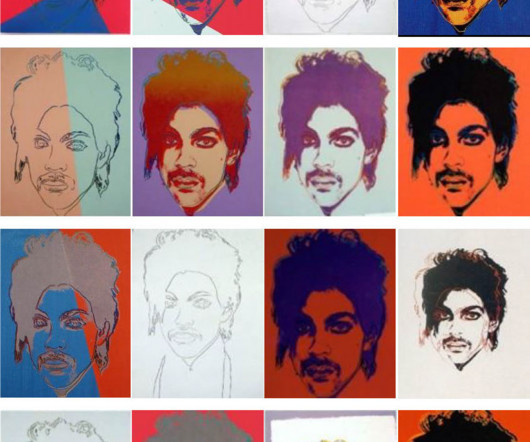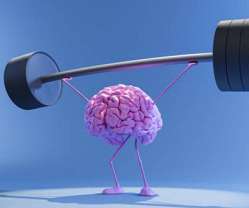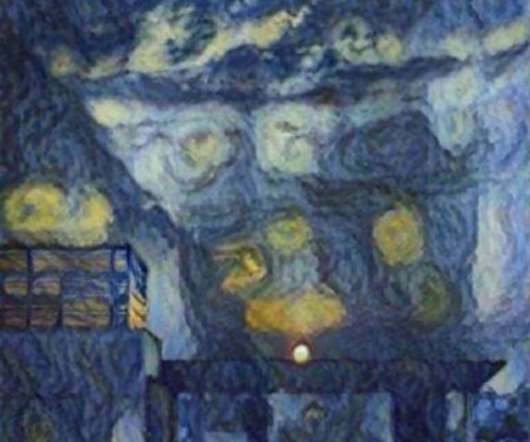Copyright for AI-generated works: a task for the internal market?
Kluwer Copyright Blog
FEBRUARY 8, 2023
On the flipside, the internal market goal’s flexible mechanics have allowed the EU legislator to present (and pass) numerous copyright measures. Nonetheless, even if such evidence emerges, the necessity test, namely the second factor, is what could present more serious obstacles to pass legislation of this kind.






















Let's personalize your content